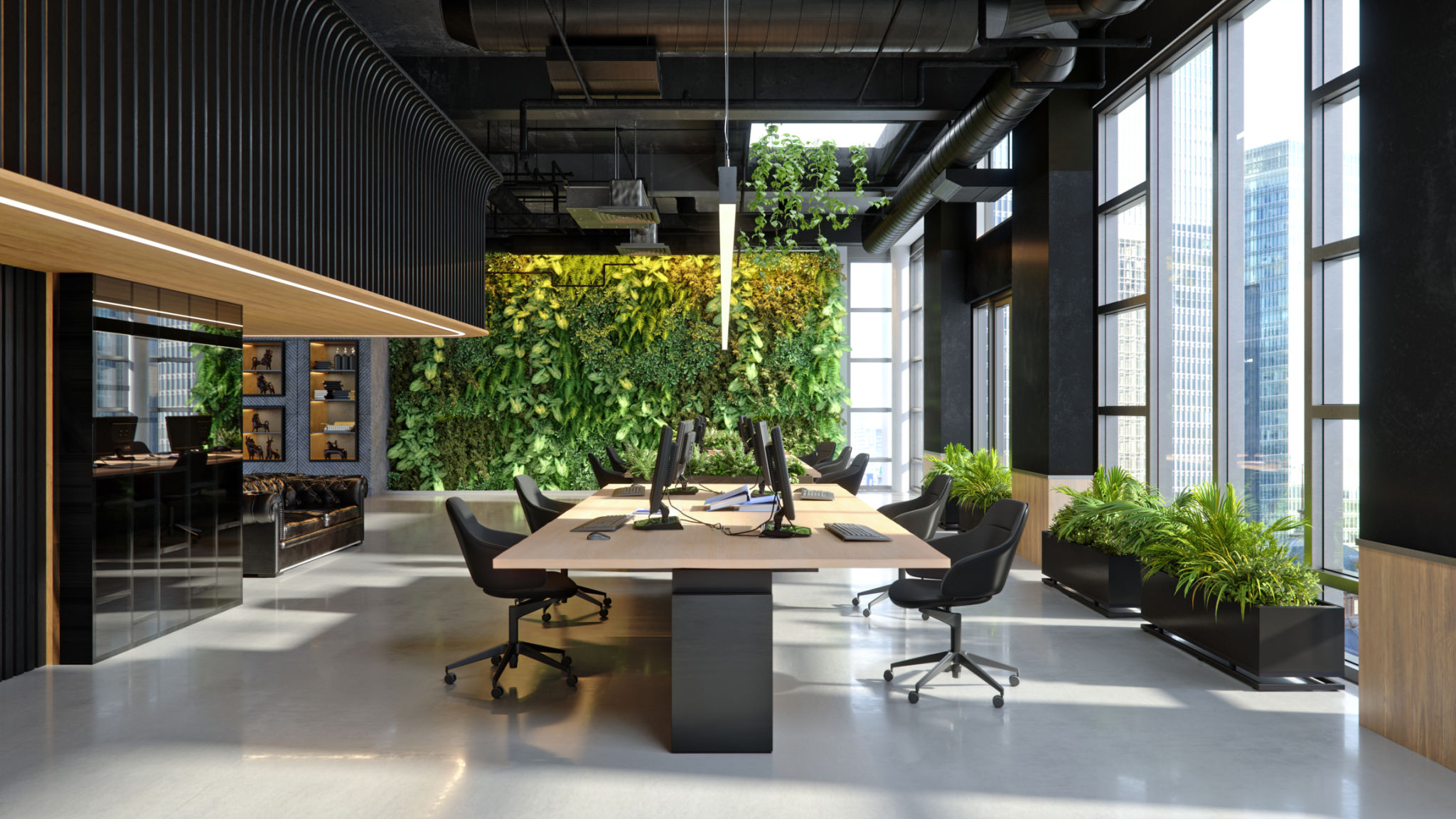Case Study: How Office Plants Improved Productivity for a Toronto Company
Introduction
In the bustling city of Toronto, a company discovered a simple yet effective way to enhance workplace productivity: incorporating office plants. This case study explores how greenery not only transformed the office atmosphere but also significantly boosted employee performance and satisfaction.

The Challenge
Like many urban offices, the Toronto company faced challenges related to employee productivity and engagement. The fast-paced work environment often led to stress and fatigue, affecting overall performance. The management was eager to find a solution that could create a more inviting and invigorating workspace.
The Solution
After researching various options, the company decided to introduce plants into the office space. The idea was simple yet promising: create a more vibrant and natural environment to inspire employees and enhance their well-being.

Implementation
The company strategically placed a variety of plants throughout the office. This included:
- Desk Plants: Small, easy-to-maintain plants on individual desks.
- Common Area Greenery: Larger plants in communal spaces such as break rooms and meeting areas.
- Vertical Gardens: Creative installations on walls to maximize space and visual appeal.
Impact on Employee Productivity
The introduction of plants led to remarkable improvements in the workplace. Employees reported feeling more energized and focused, with a noticeable reduction in stress levels. The presence of greenery also enhanced air quality, contributing to better health and fewer sick days.

Quantitative Results
The company conducted surveys and tracked performance metrics before and after introducing plants. The results were impressive:
- Productivity Increase: A 15% rise in productivity levels was observed within months.
- Employee Satisfaction: Job satisfaction ratings improved by 20%.
- Reduced Absenteeism: A 10% decrease in employee sick days was recorded.
Cultural and Aesthetic Benefits
Beyond productivity, plants contributed to a more positive workplace culture. Employees found the office environment more welcoming and aesthetically pleasing, leading to improved morale and teamwork. The natural elements fostered creativity and innovation, enriching the overall work experience.
Conclusion
This case study highlights the transformative power of nature in the workplace. By integrating plants into their office, the Toronto company not only boosted productivity but also cultivated a healthier, happier work environment. As businesses continue to seek ways to enhance performance, this green initiative serves as a compelling model for success.